During the presentation of the macOS 12 Monterey operating system, Apple devoted quite a bit of time to a new feature called Universal Control. This gives us the possibility to control not only the Mac itself, but also the connected iPad with one trackpad and keyboard, thanks to which we can work with both devices relatively more efficiently. However, the implementation of this innovation did not go completely smoothly. The new macOS 12 Monterey was officially released before the end of last year, while Universal Control came to Macs and iPads only at the beginning of March with iPadOS 15.4 and macOS 12.3. Theoretically, however, the question arises, could the function be extended a little further?
It could be interest you
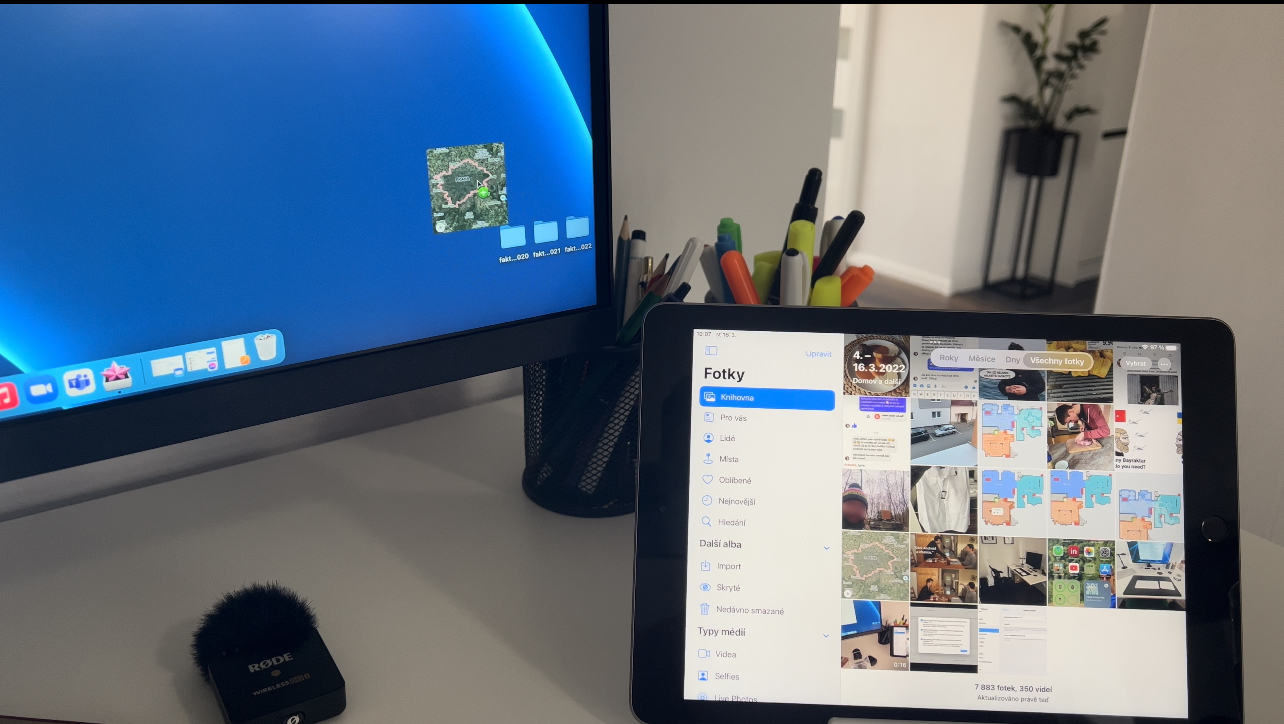
Universal Control on iPhones
Some Apple fans may wonder if the function could not be extended to the iOS operating system that powers Apple phones. Of course, their size is offered as the first counter-argument, which in this case is too small and something similar would simply not make the slightest sense. However, it is necessary to realize one thing - for example, such an iPhone 13 Pro Max is not so small anymore, and in pure theory it would be able to work with a cursor in a reasonable form. After all, the difference between it and the iPad mini is not that big. On the other hand, of course, the question arises as to whether something similar would be usable to any extent.
The iPad has long been able to act as a second screen for a Mac using the Sidecar feature, which it's kind of ready to do. In the same way, many Apple users use cases for the iPad that also function as stands, and that is why it is relatively easy to place the tablet next to the Mac and simply work with them. Either in the form of a second monitor (Sidecar) or to control both with one trackpad and keyboard (Universal Control). But the iPhone is a completely different device. Most people don't even have a stand and would have to lean the phone on something. In the same way, only Pro Max models would probably find reasonable use of the function. If we try to imagine the model from the opposite side, for example the iPhone 13 mini, it would probably not be very pleasant to operate it this way.
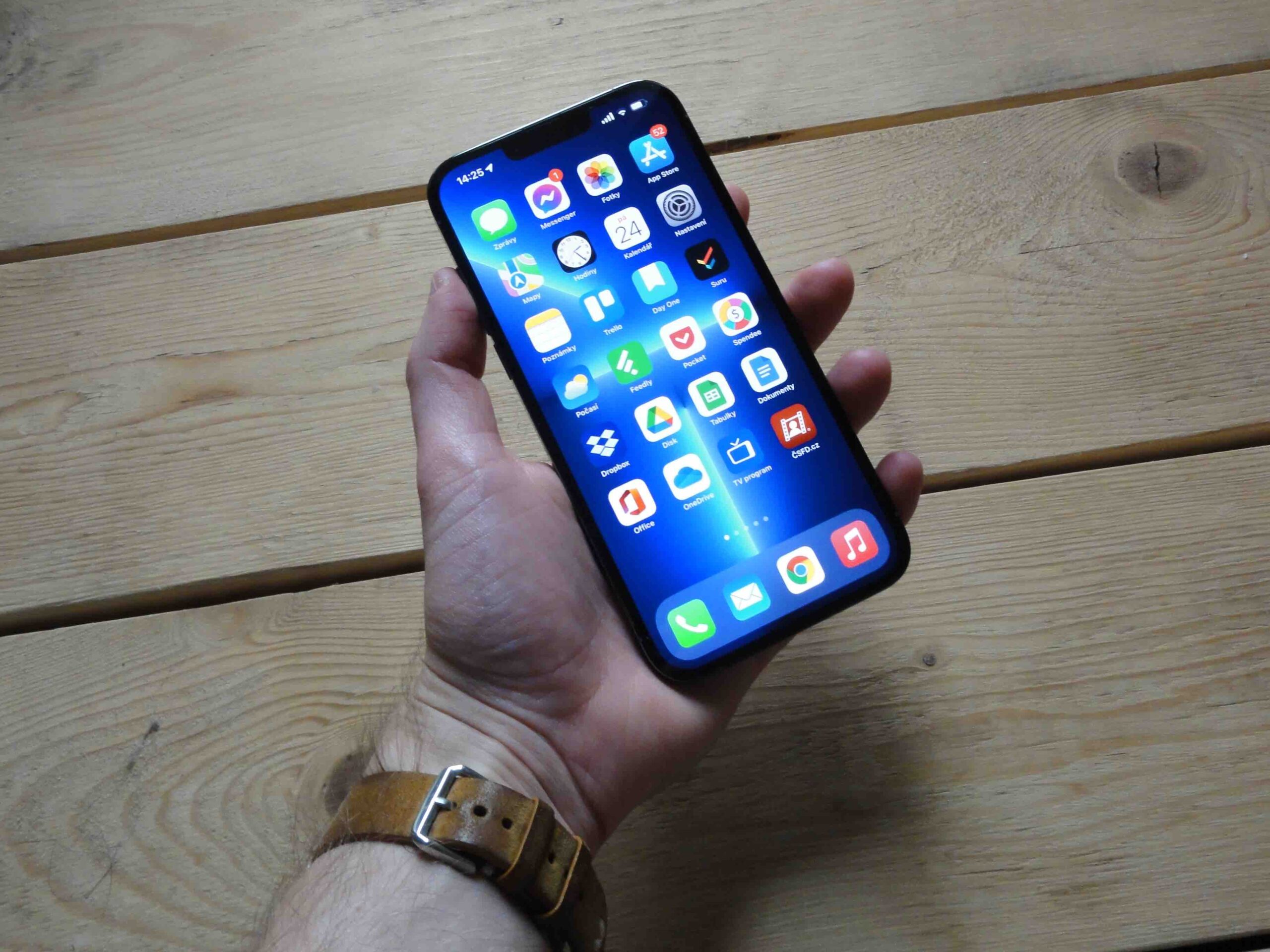
There are plenty of options
In the end, the question is whether Apple could not prepare the function so well that it makes sense on iPhones, at least on those with a larger display. Currently, something like that doesn't make any sense, since we only have one bigger phone, the Pro Max. But if the current speculations and leaks are true, then one more model could stand by its side. The Cupertino giant is reportedly planning to ditch the mini model and instead introduce a quartet of phones in two sizes. Specifically, the iPhone 14 and iPhone 14 Pro models with a 6,1″ screen and the iPhone 14 Max and iPhone 14 Pro Max with a 6,7″ screen. This would expand the menu and the Universal Control feature might make a little more sense to someone.
It could be interest you
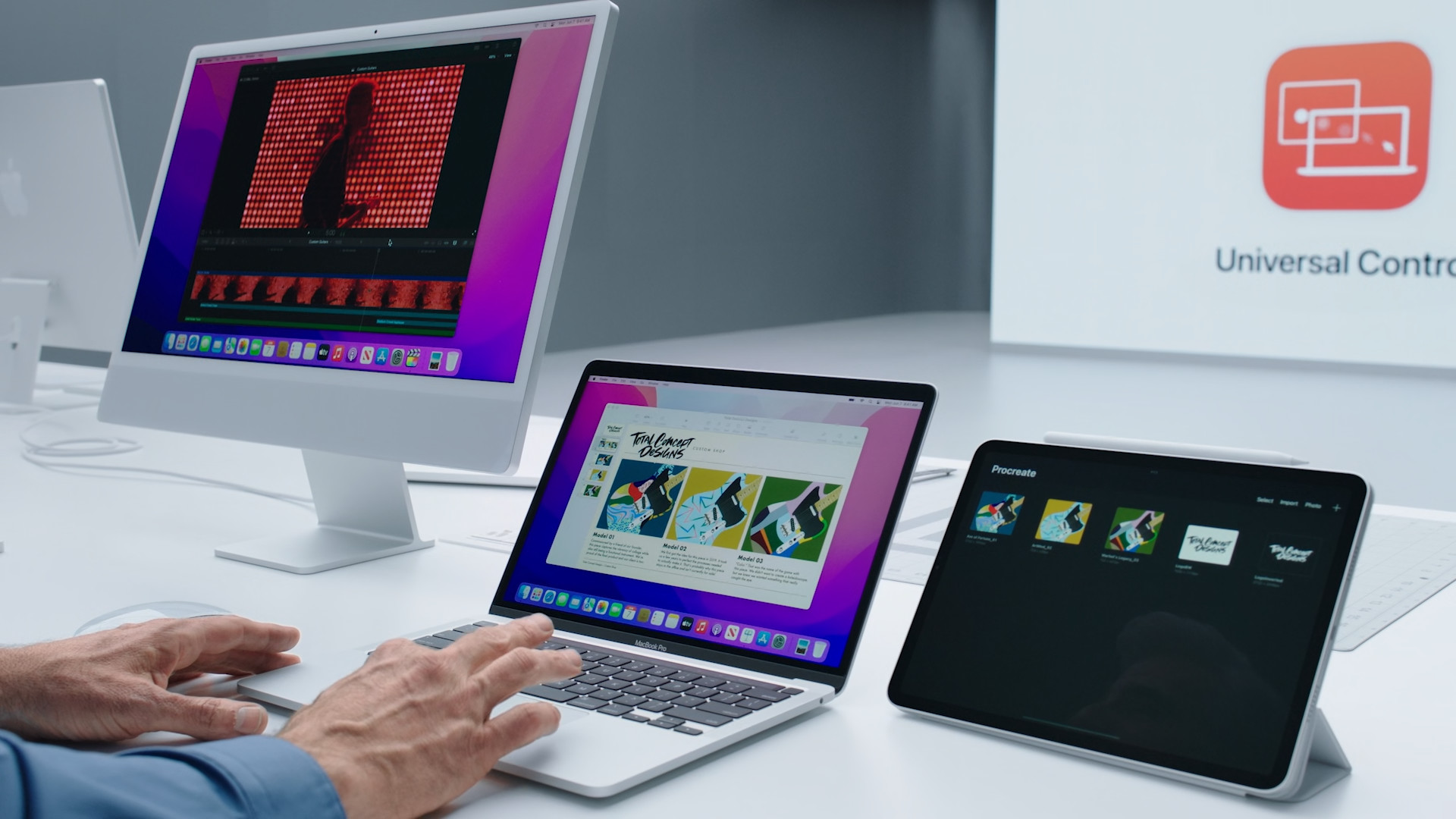
Of course, whether something similar will come to iOS is unclear at the moment. What's more interesting is that the users themselves are starting to speculate about something like this and think about its possible usability. However, according to current information, any change within Universal Control is not in sight. In short and simply, nothing should be worked on in this regard now.
 Flying around the world with Apple
Flying around the world with Apple 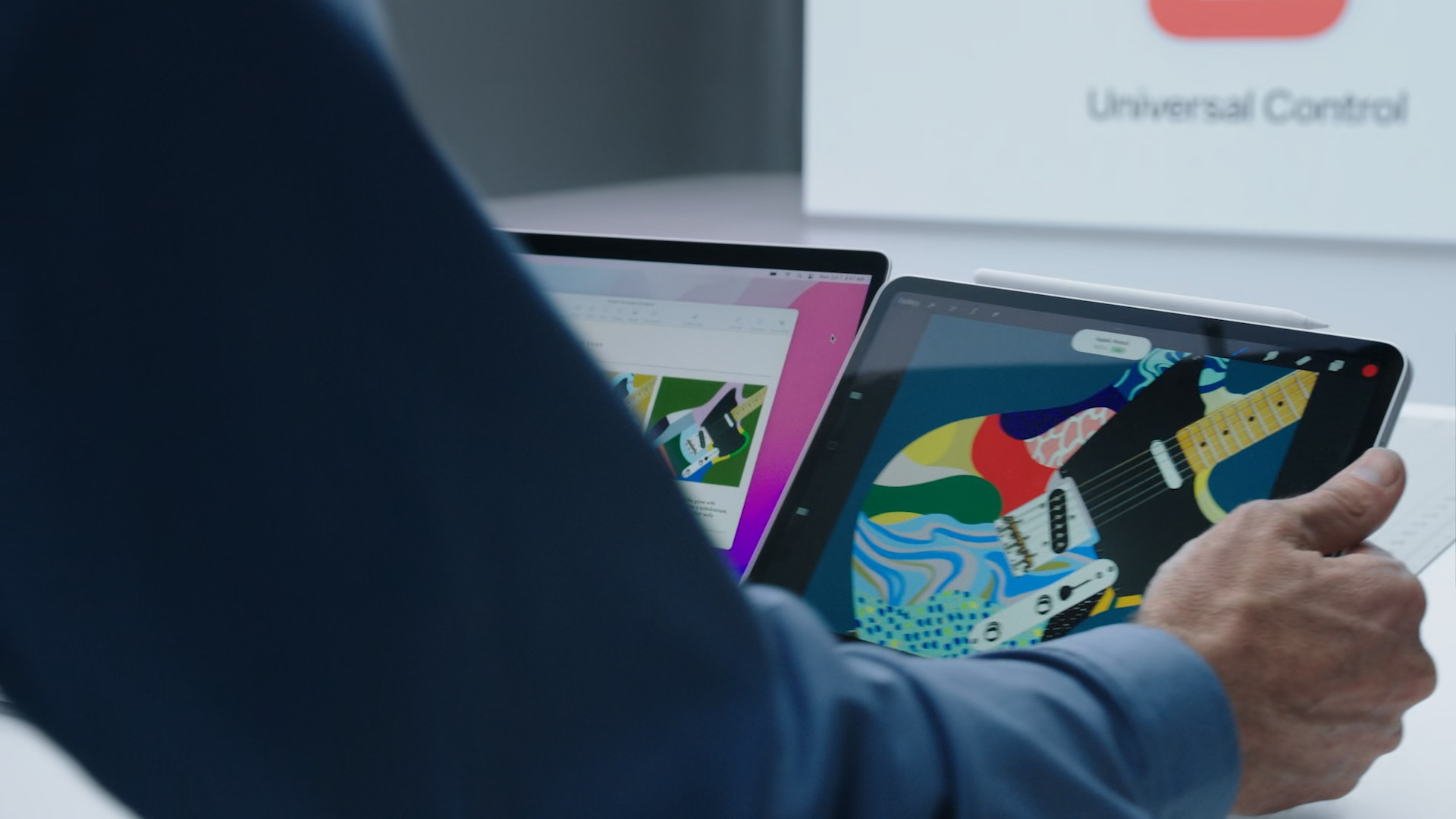
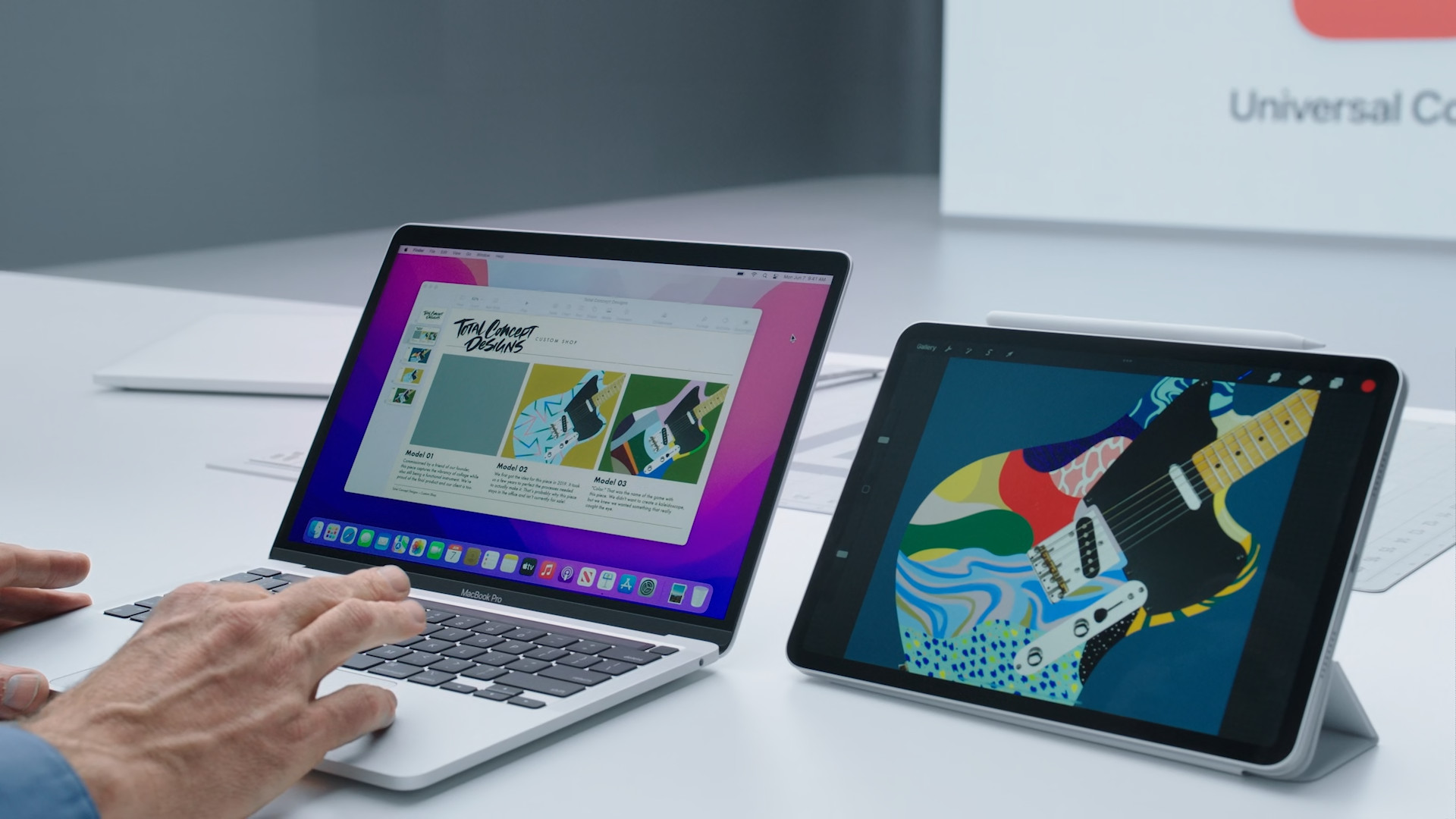
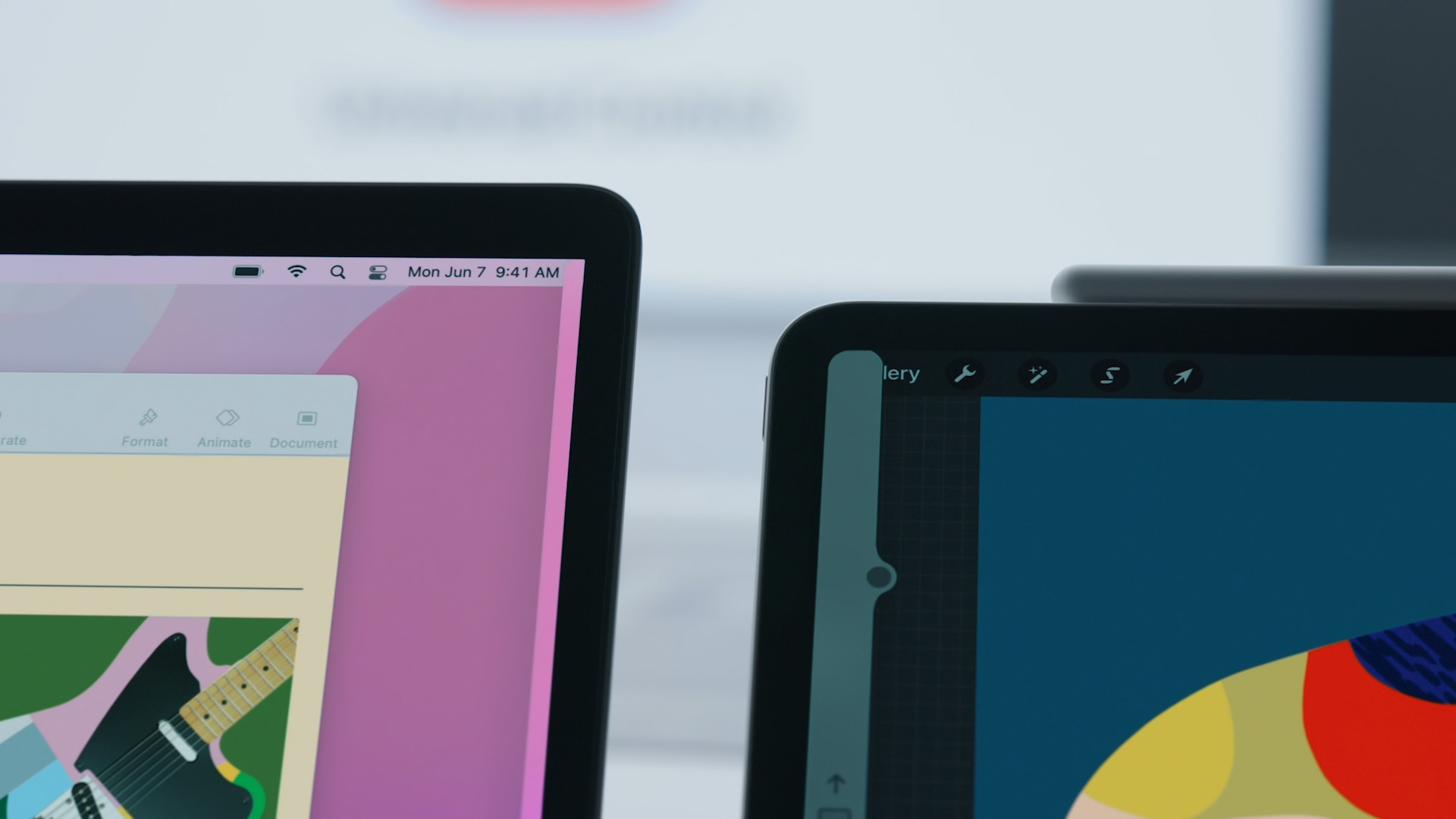
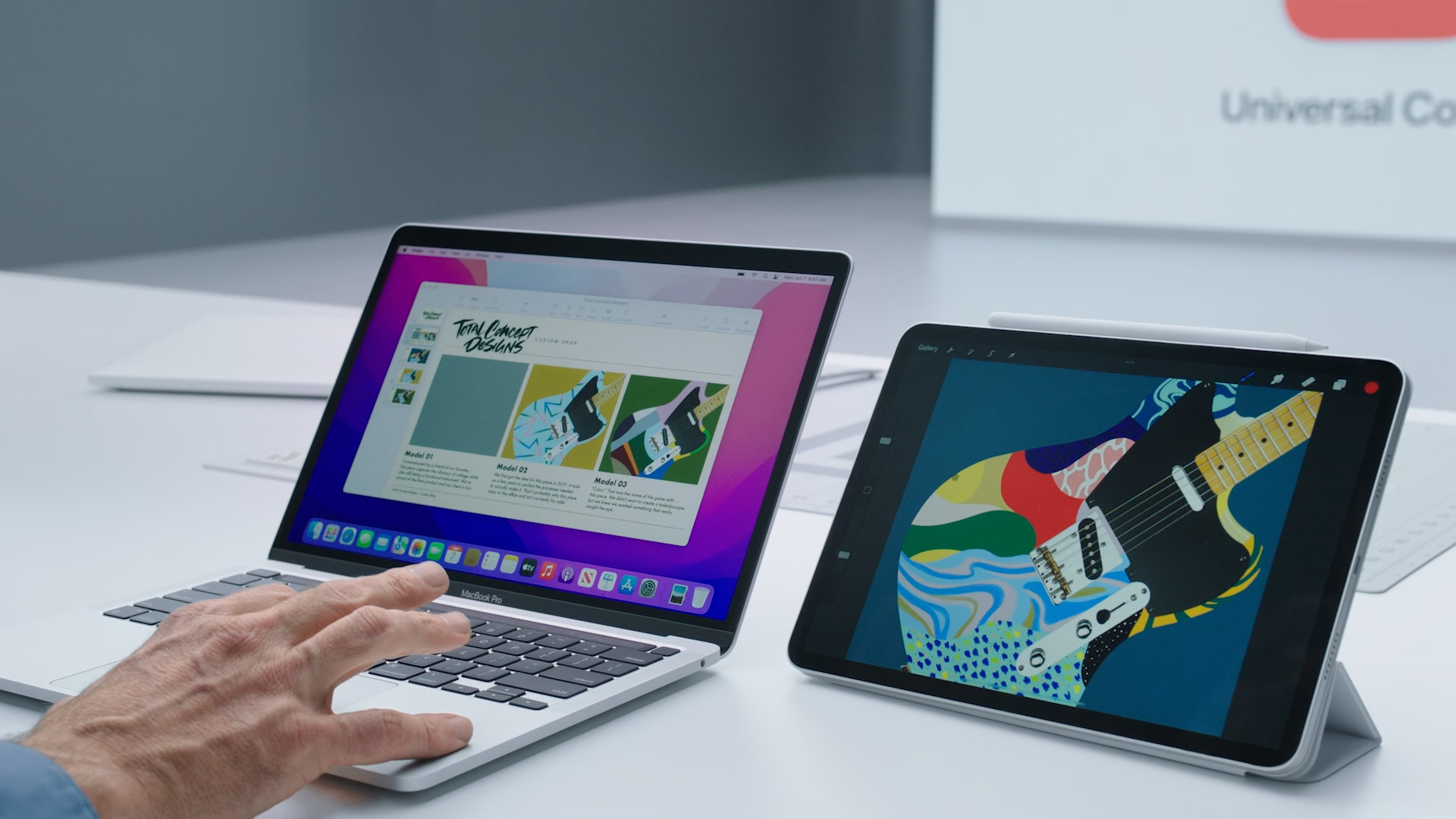

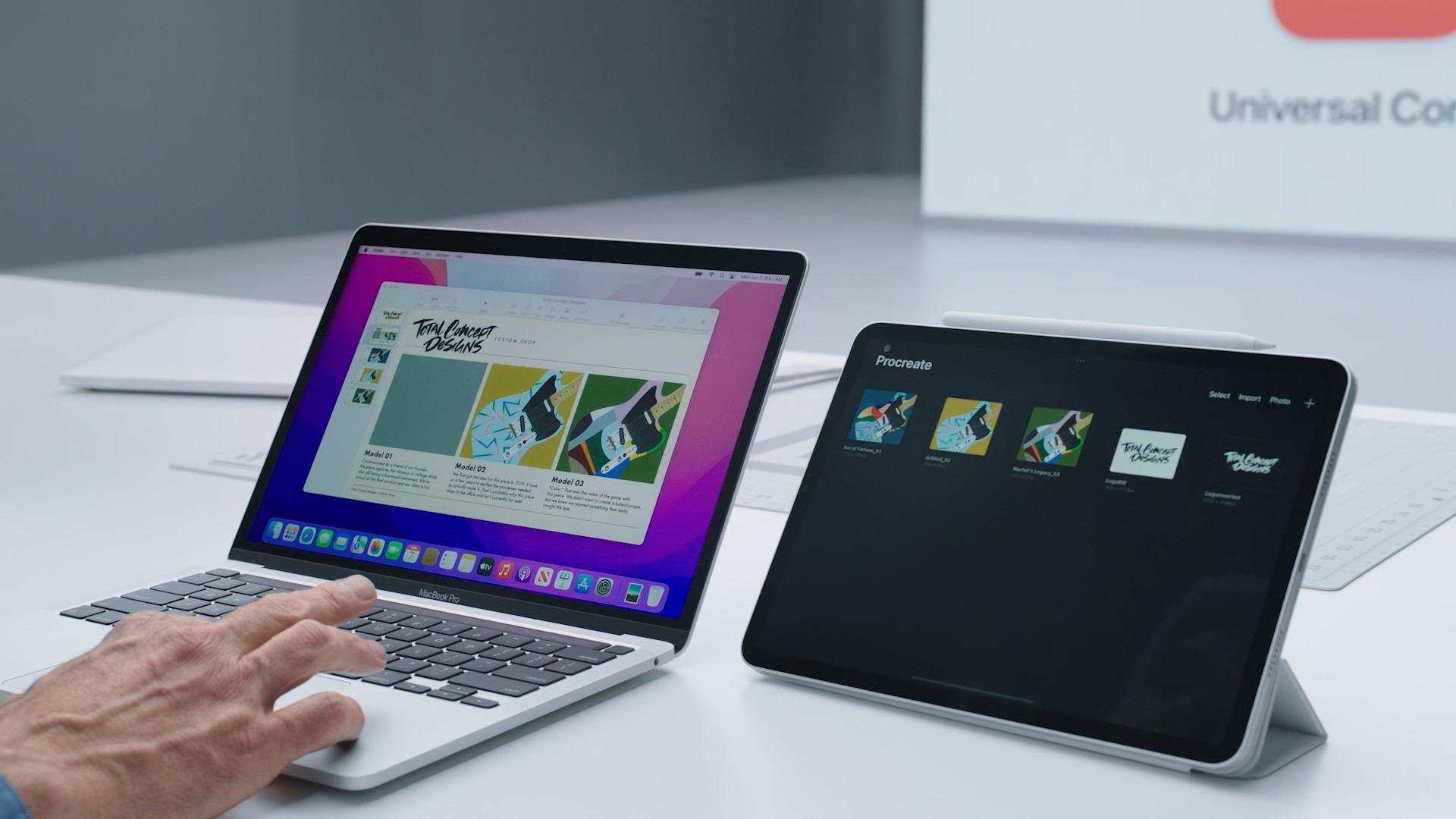
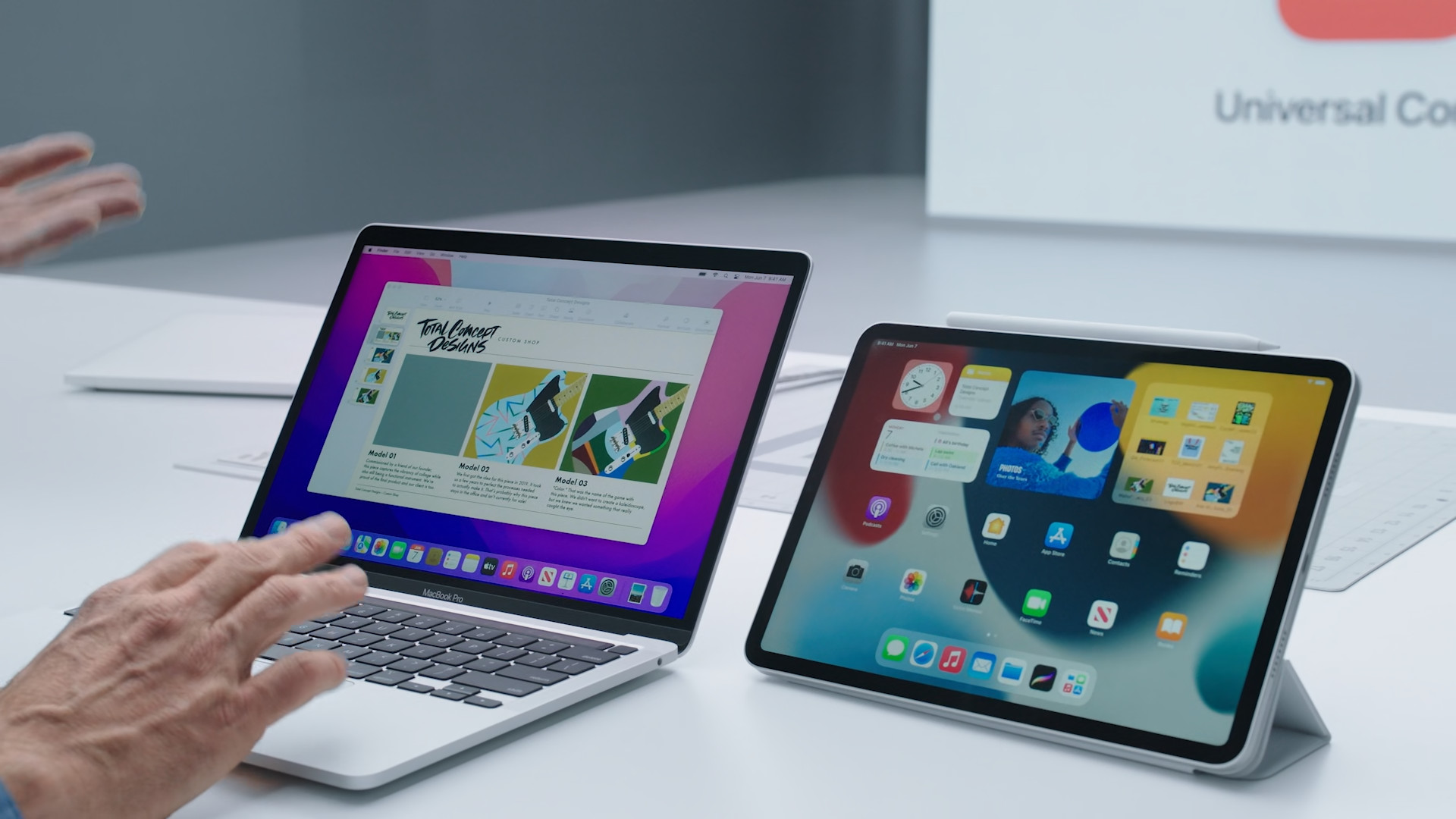
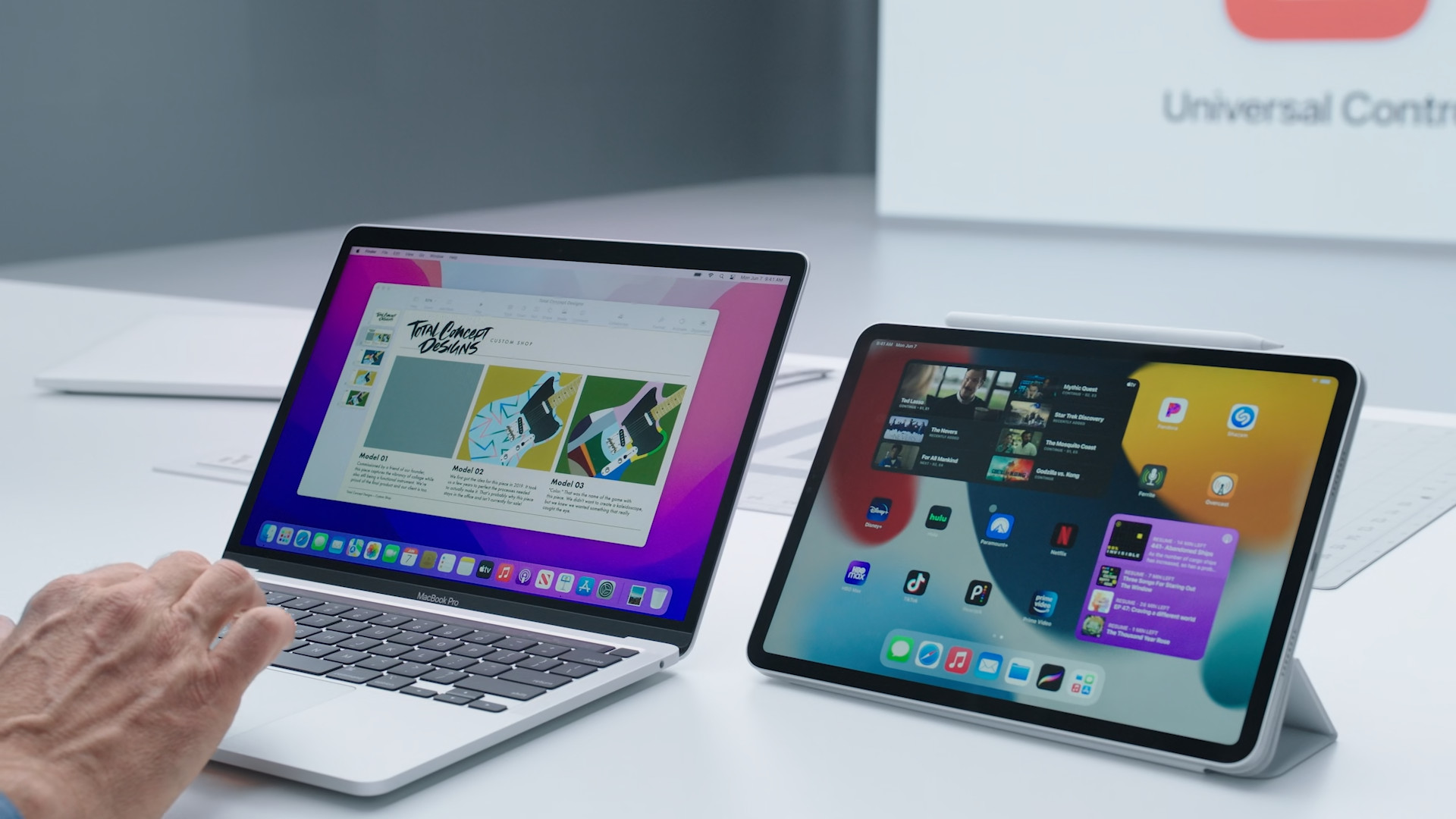
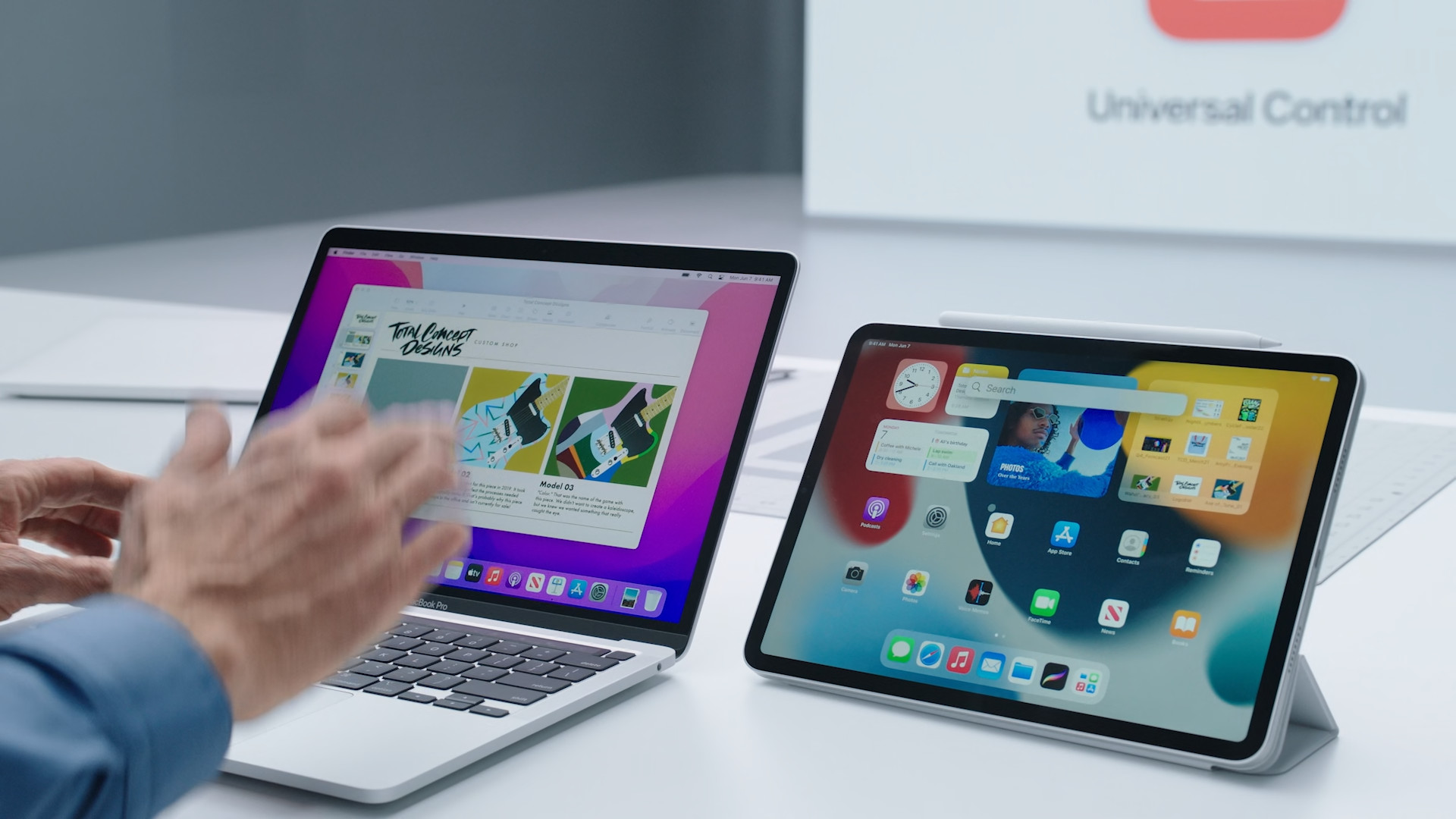
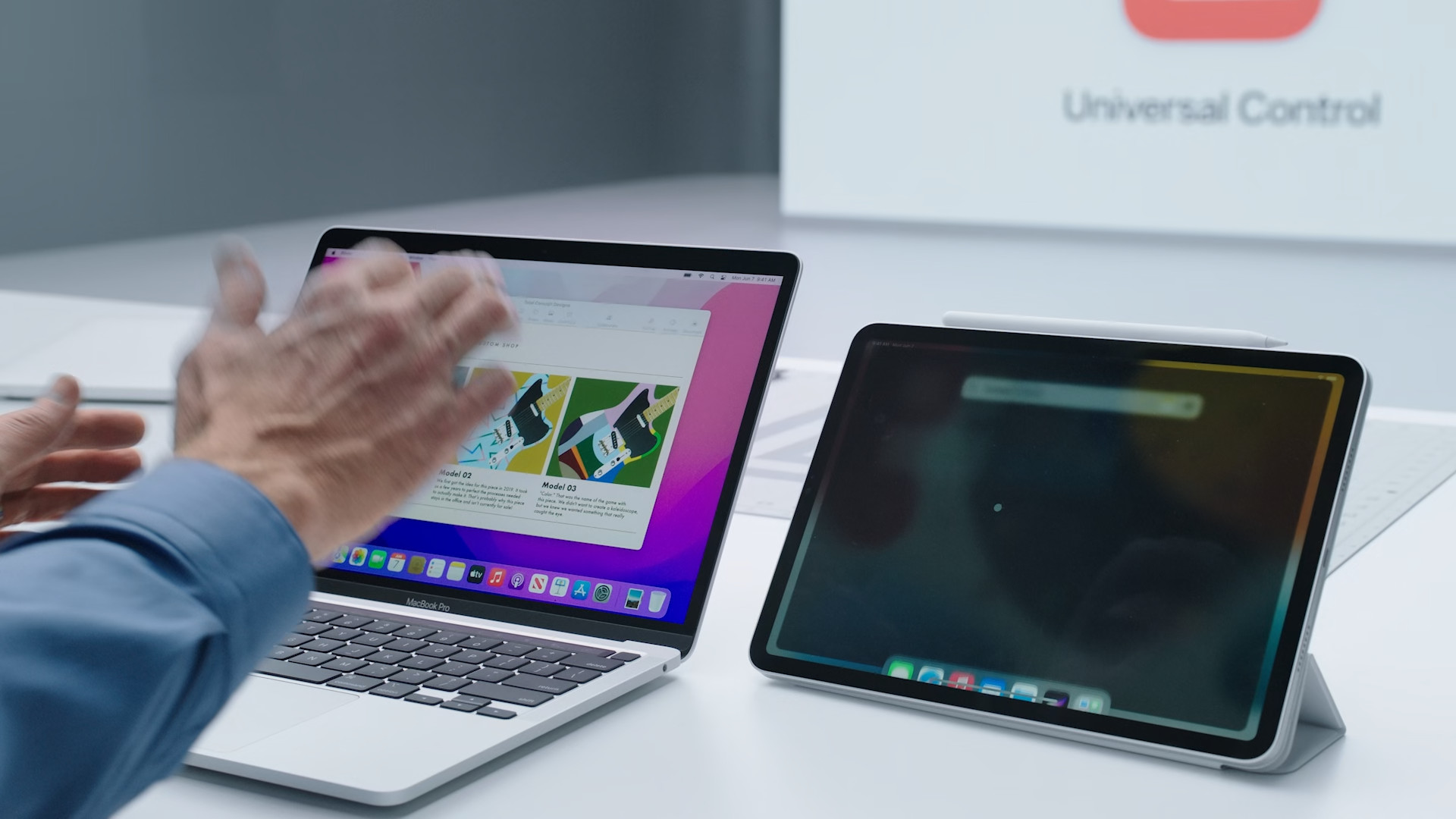
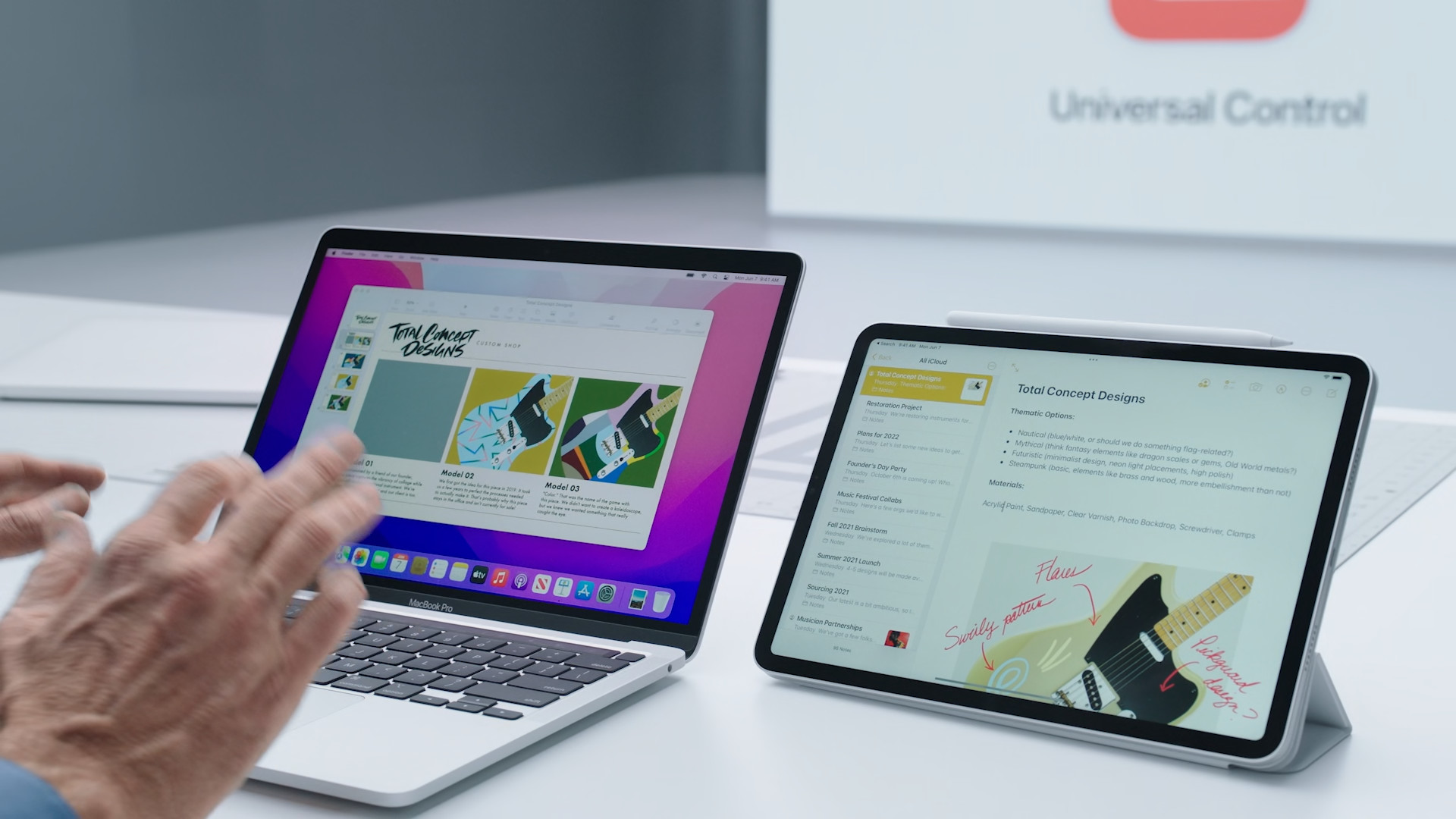

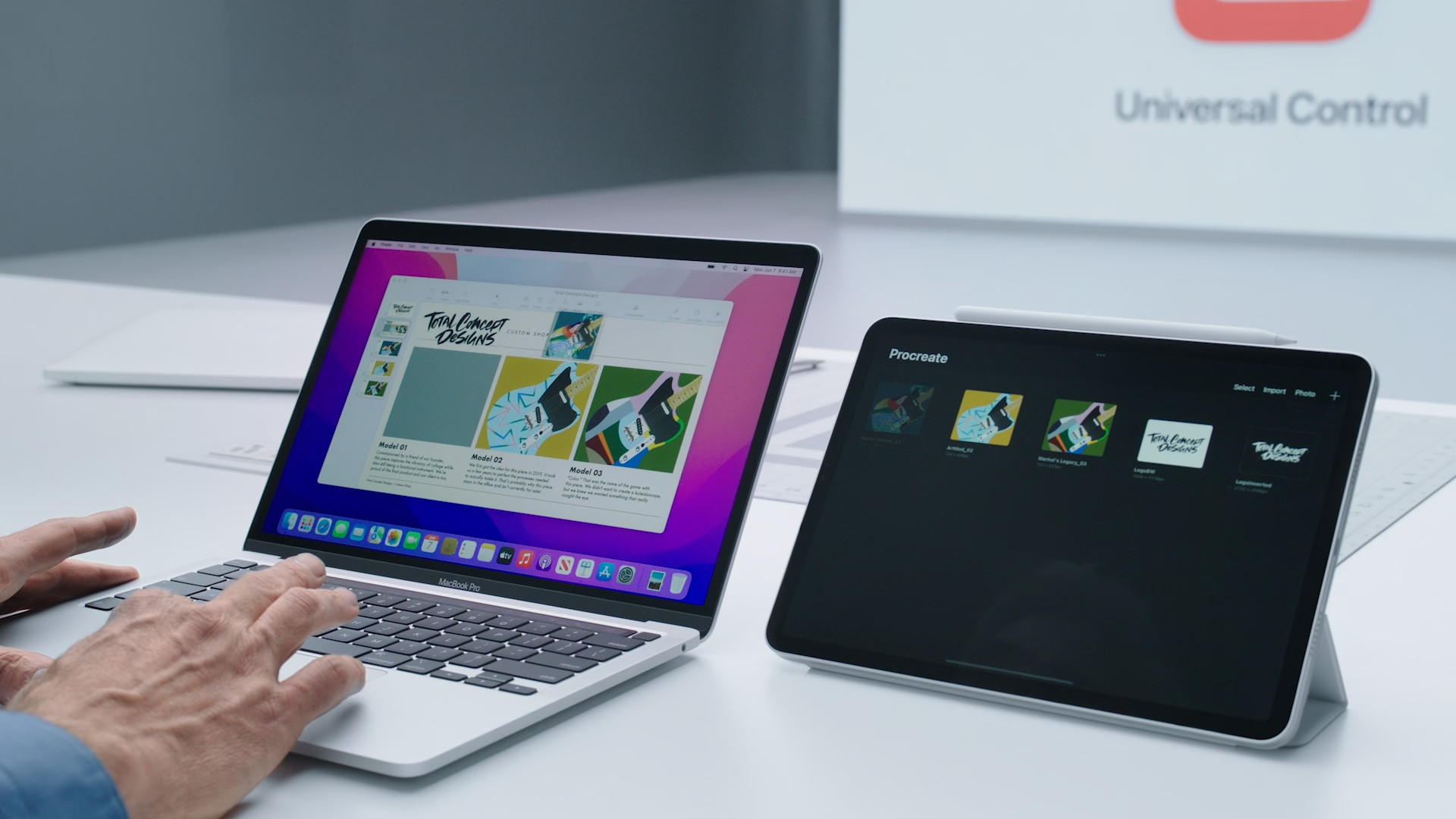


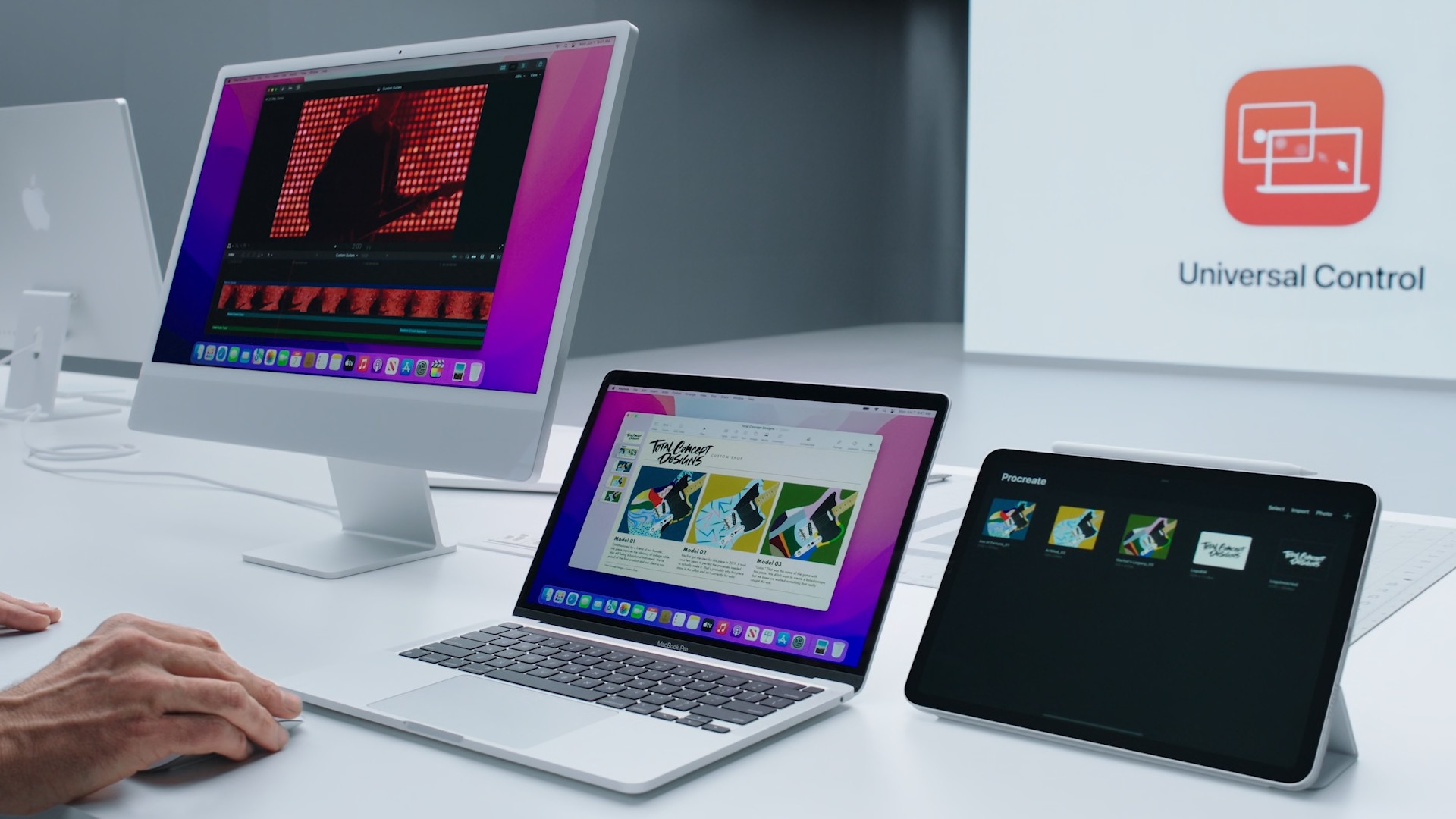
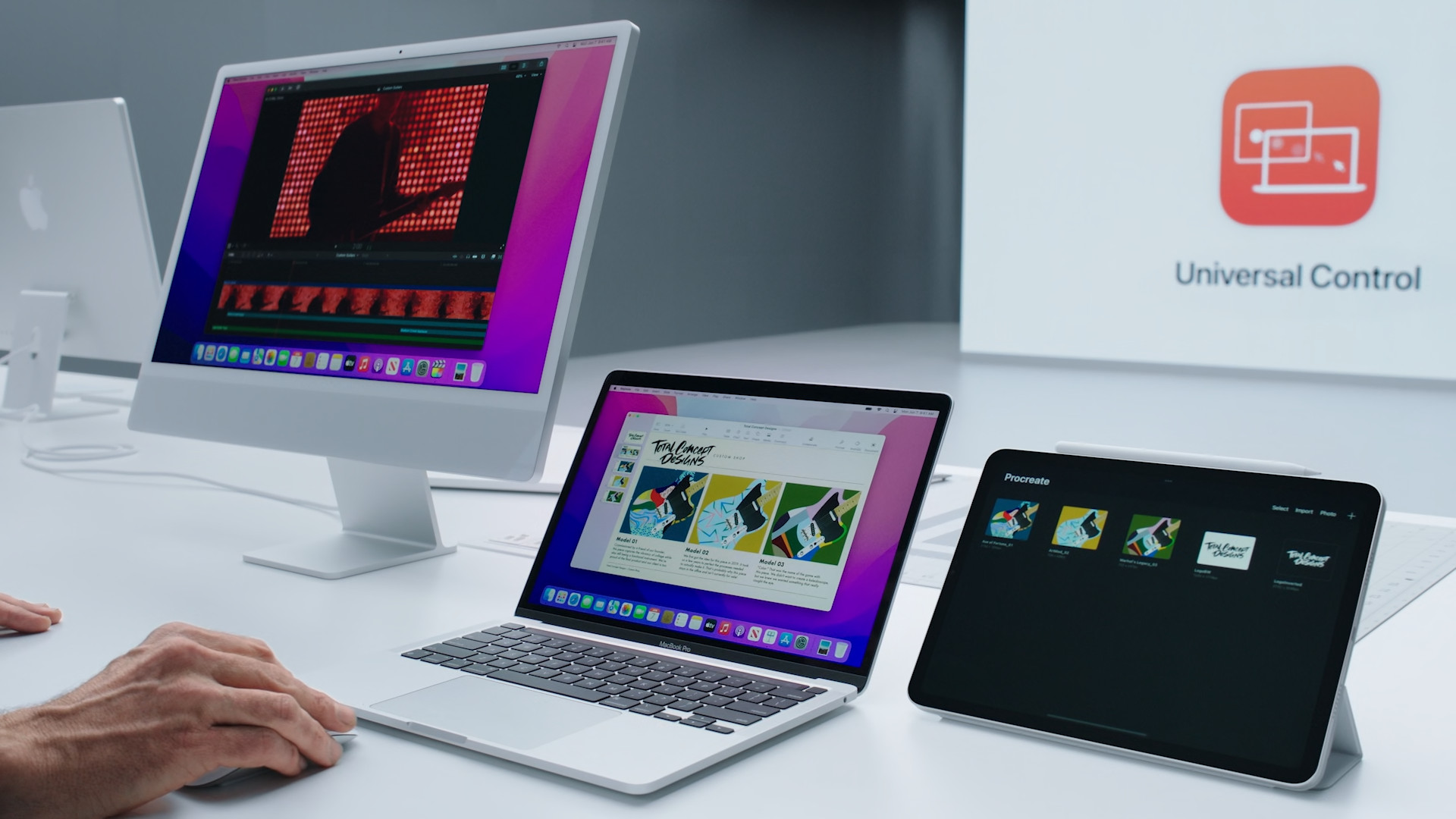
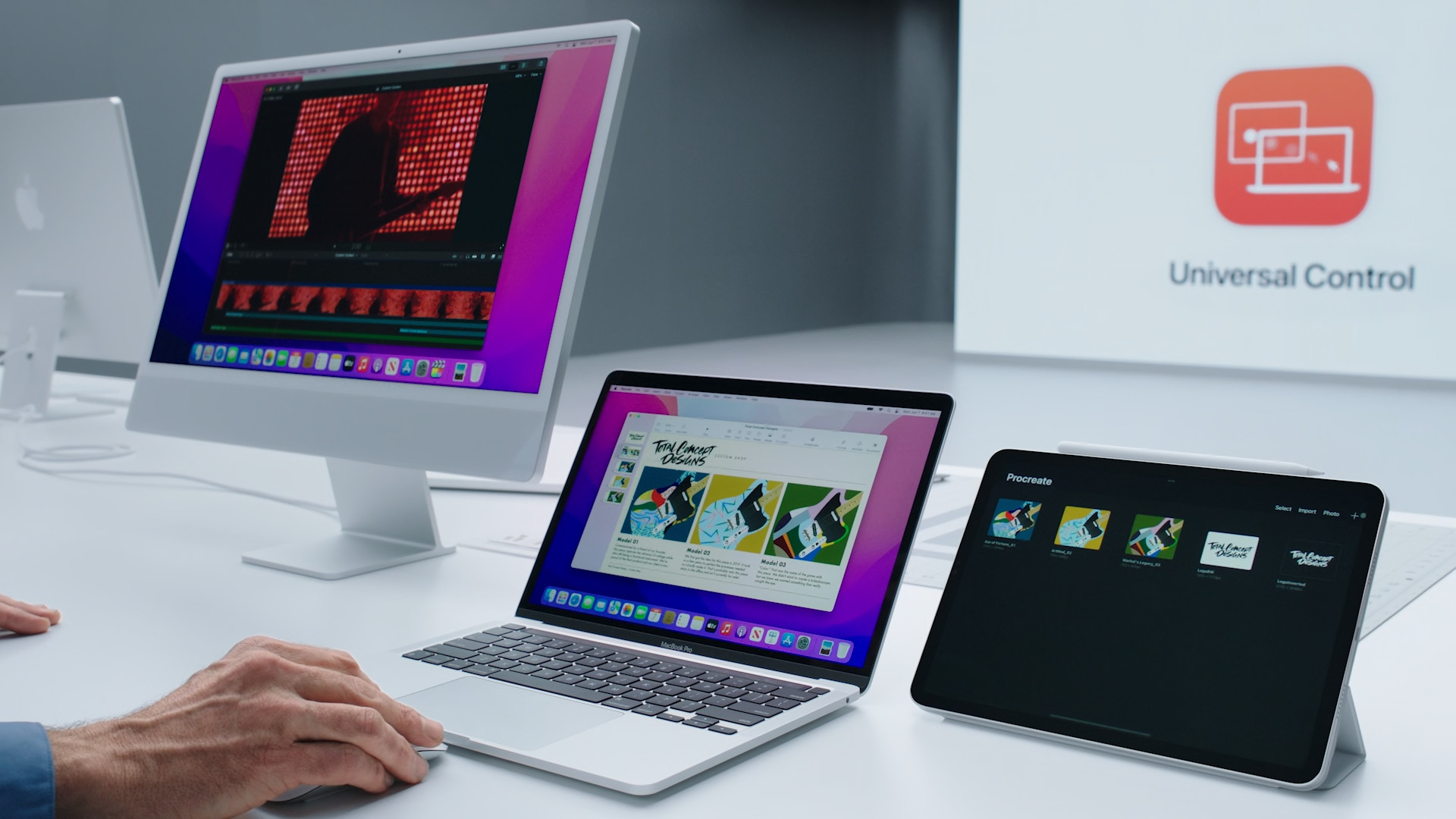
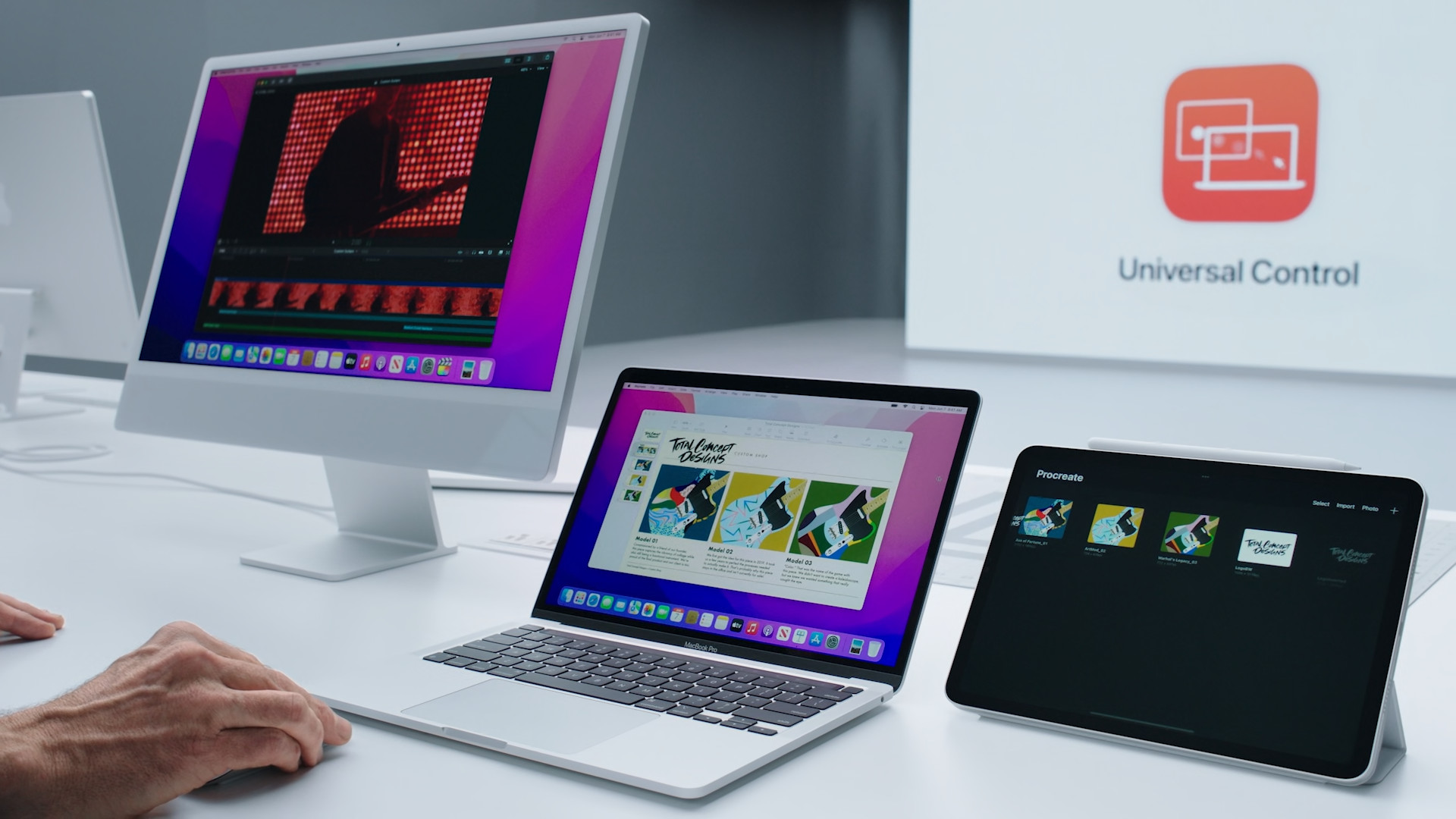
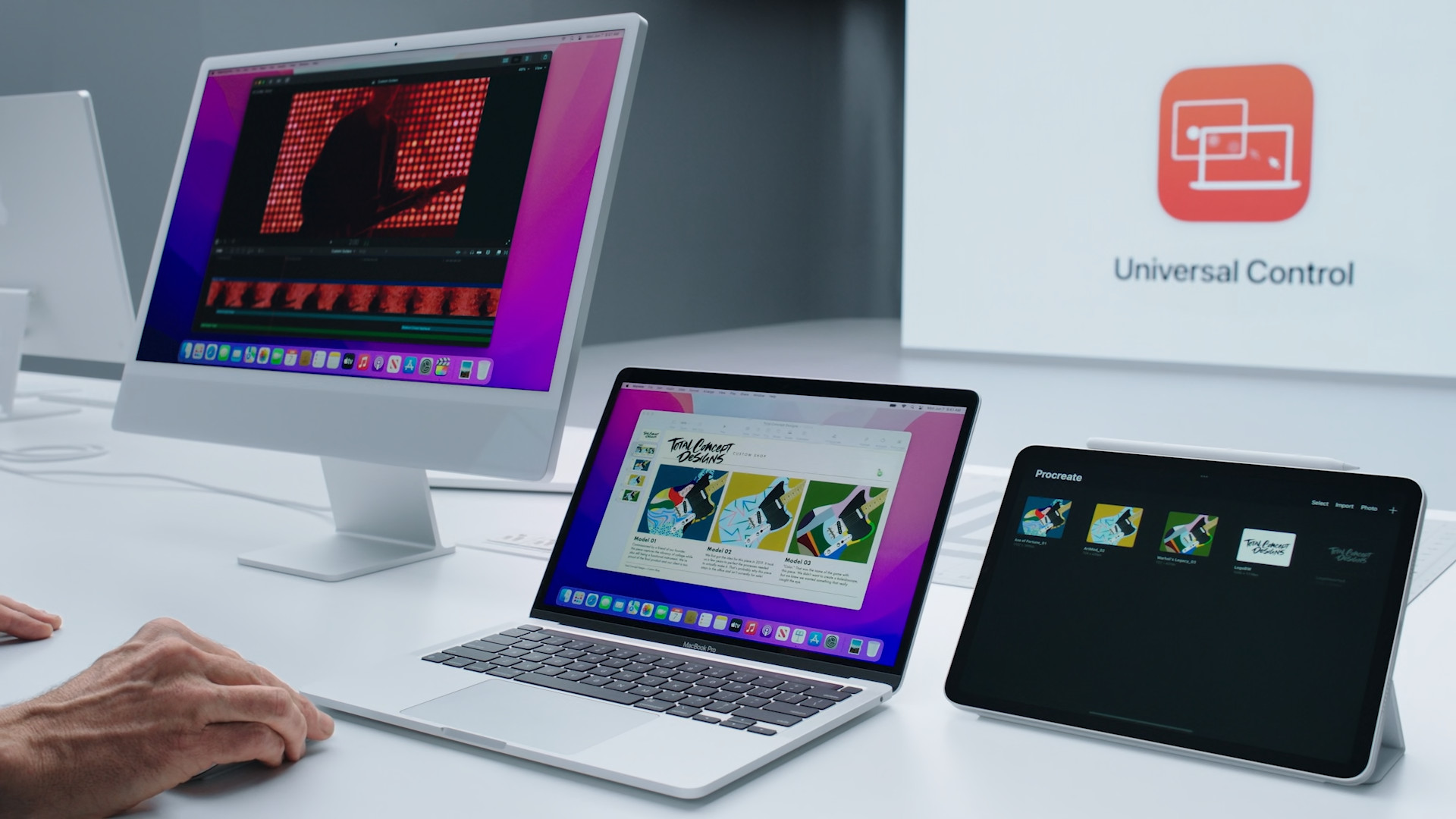
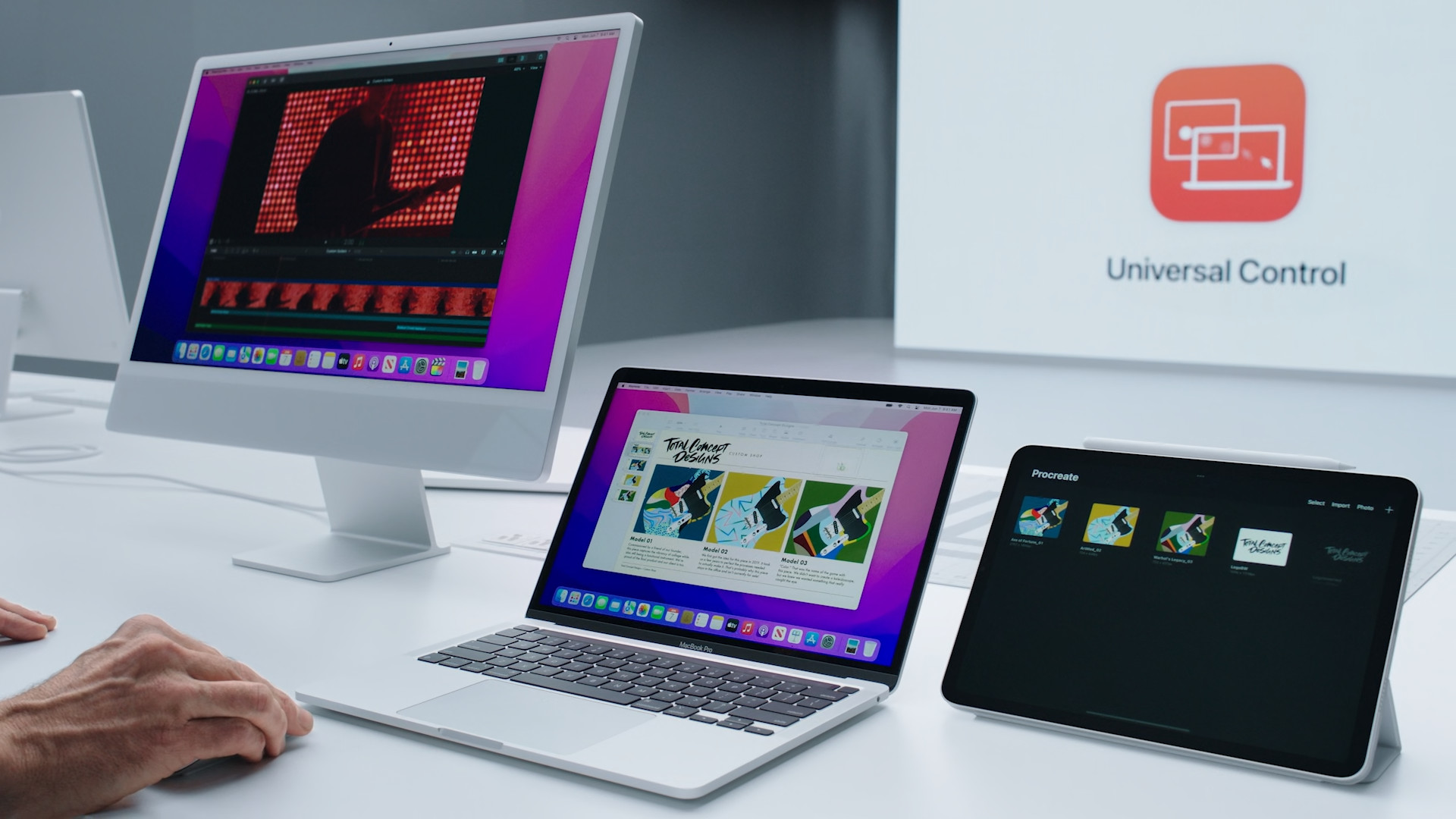
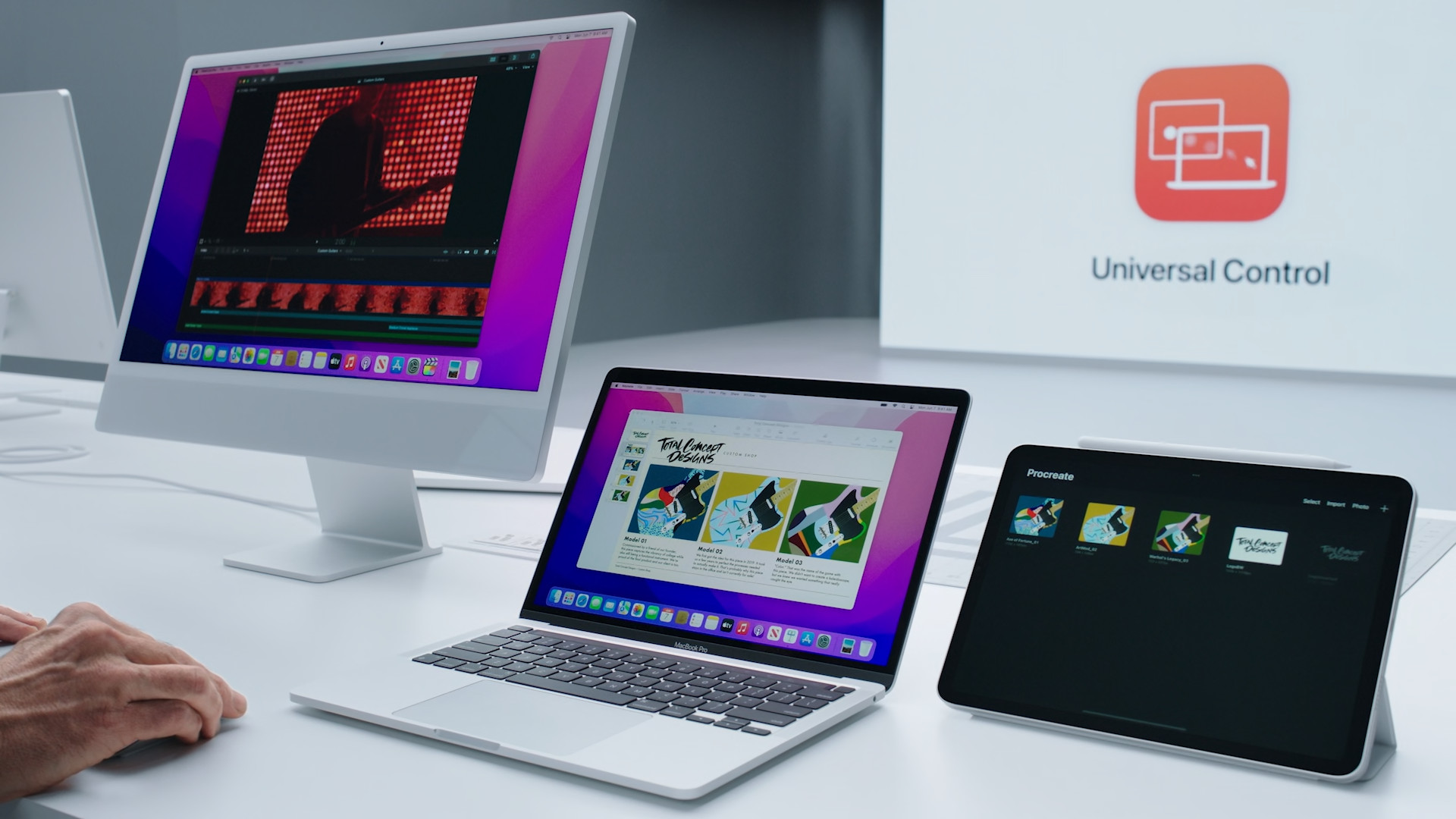
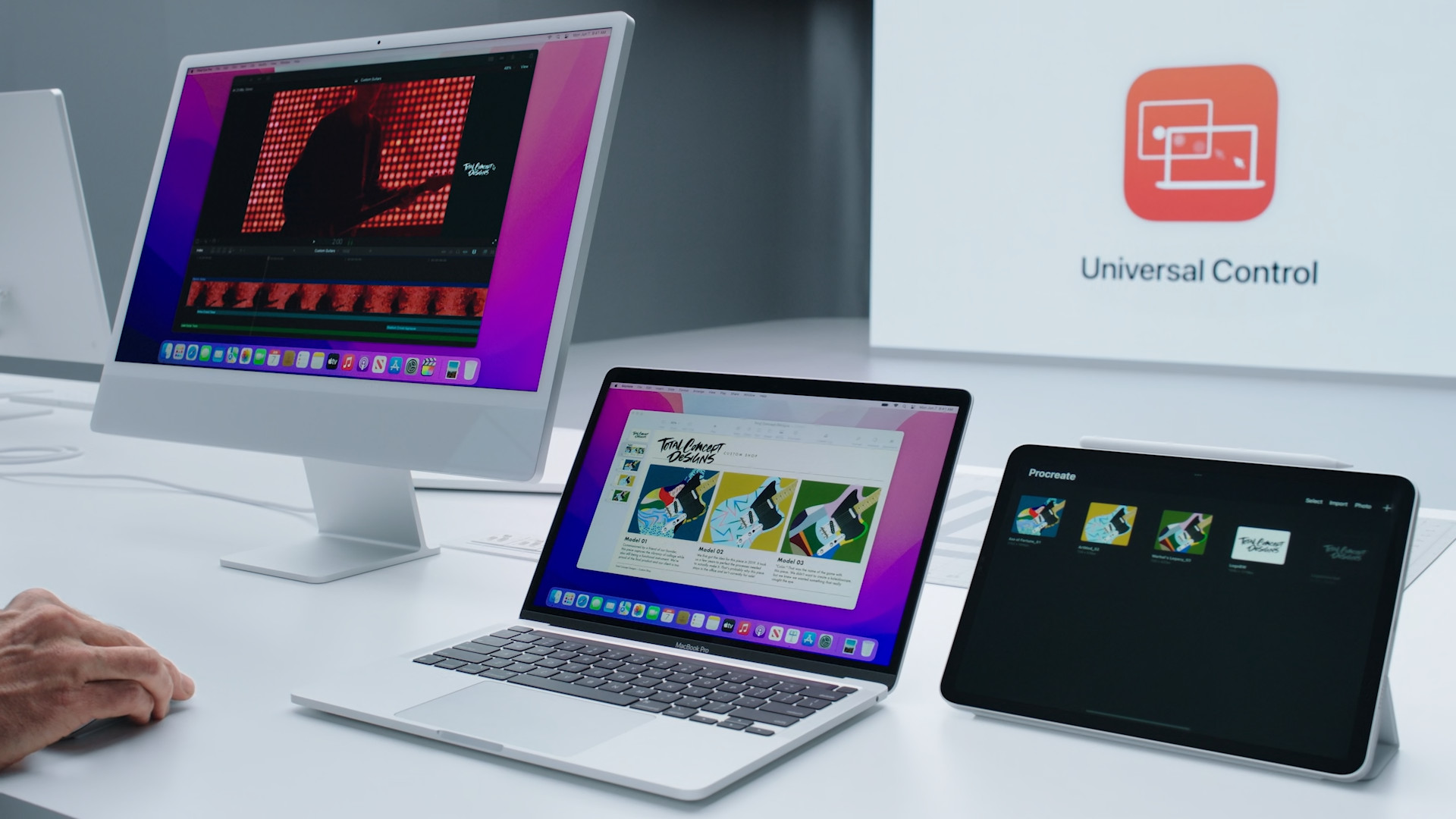
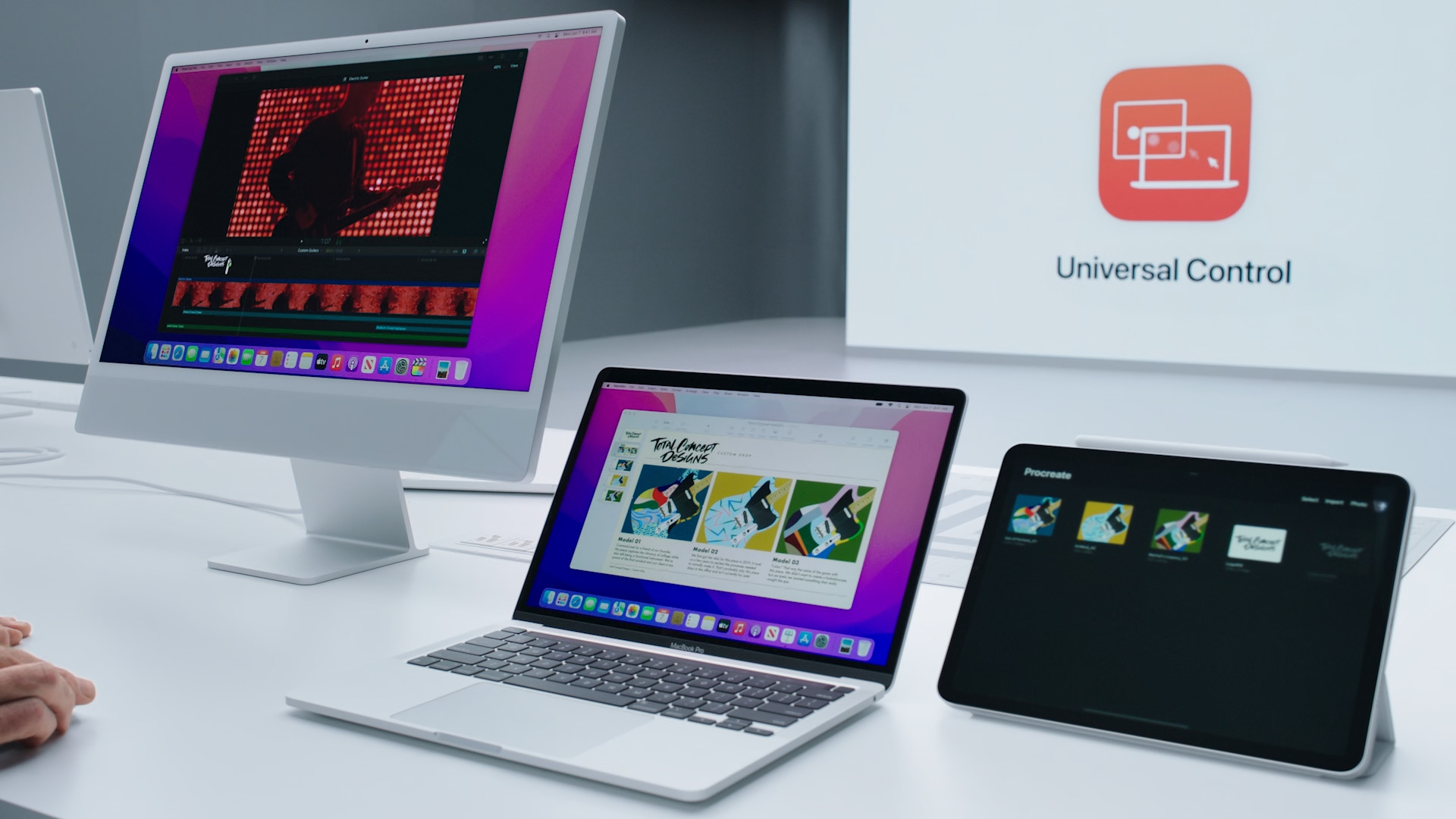
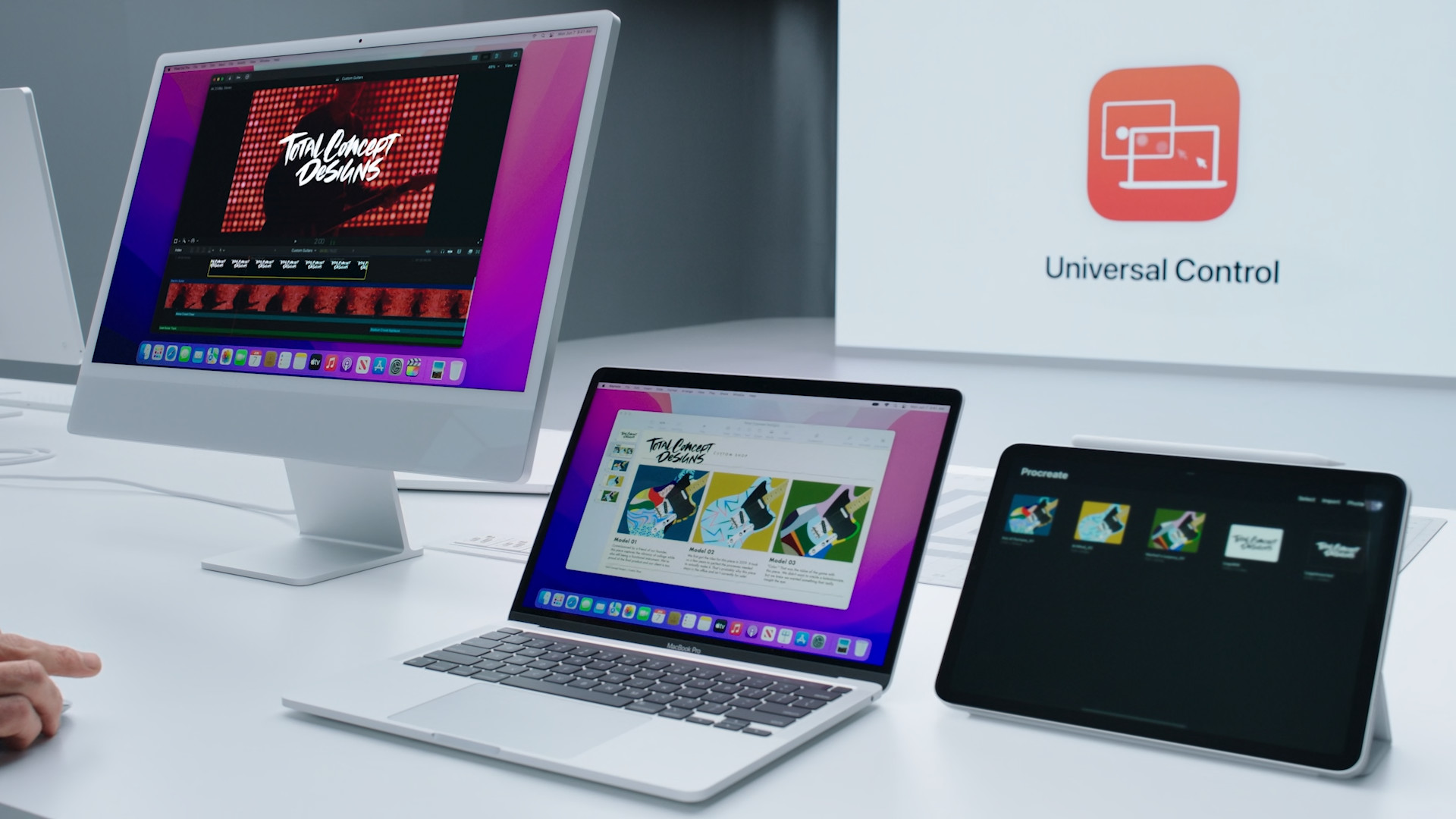
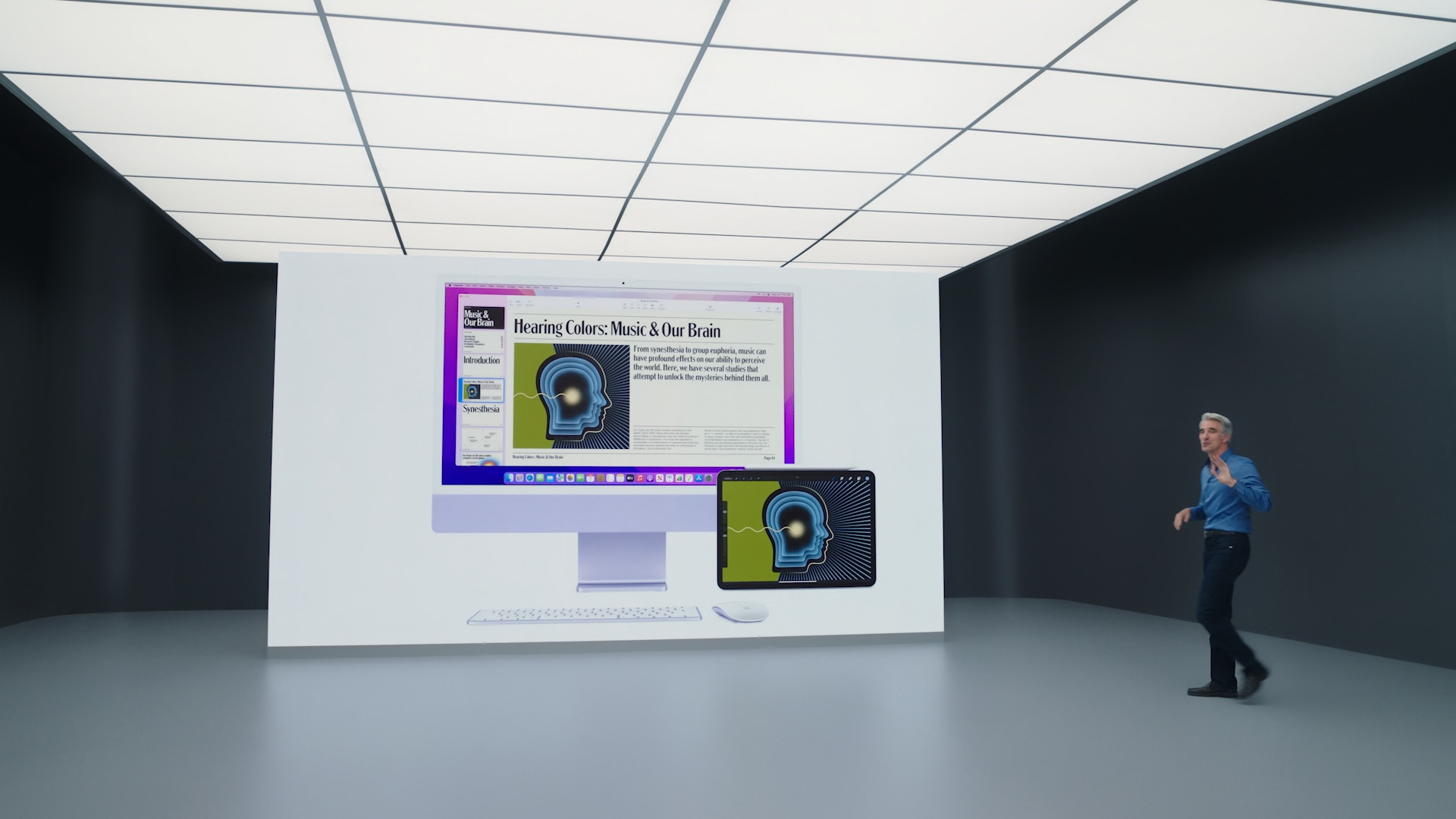
 Adam Kos
Adam Kos